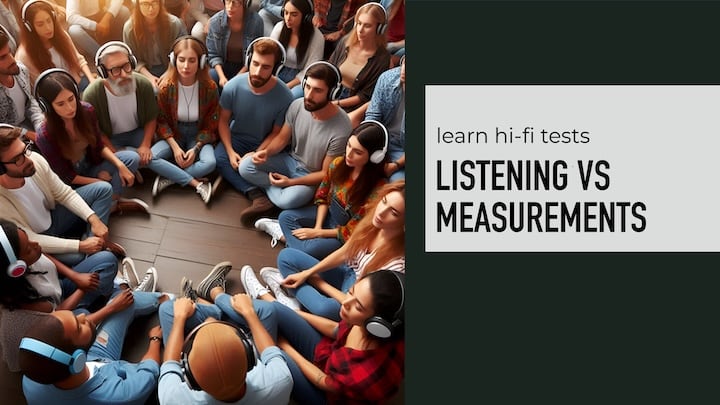
Let me touch one of disputed matters: what give more true - hearing or measurements. This issue have different aspects:
1. What we mean as audio quality
2. How audio stuff estimated

If you buy "AuI ConverteR PROduce-RD" (2023/12.x version) from 24 August 2023 to 24 October 2023, you will get free update to version 2024 (13.x) after its release.
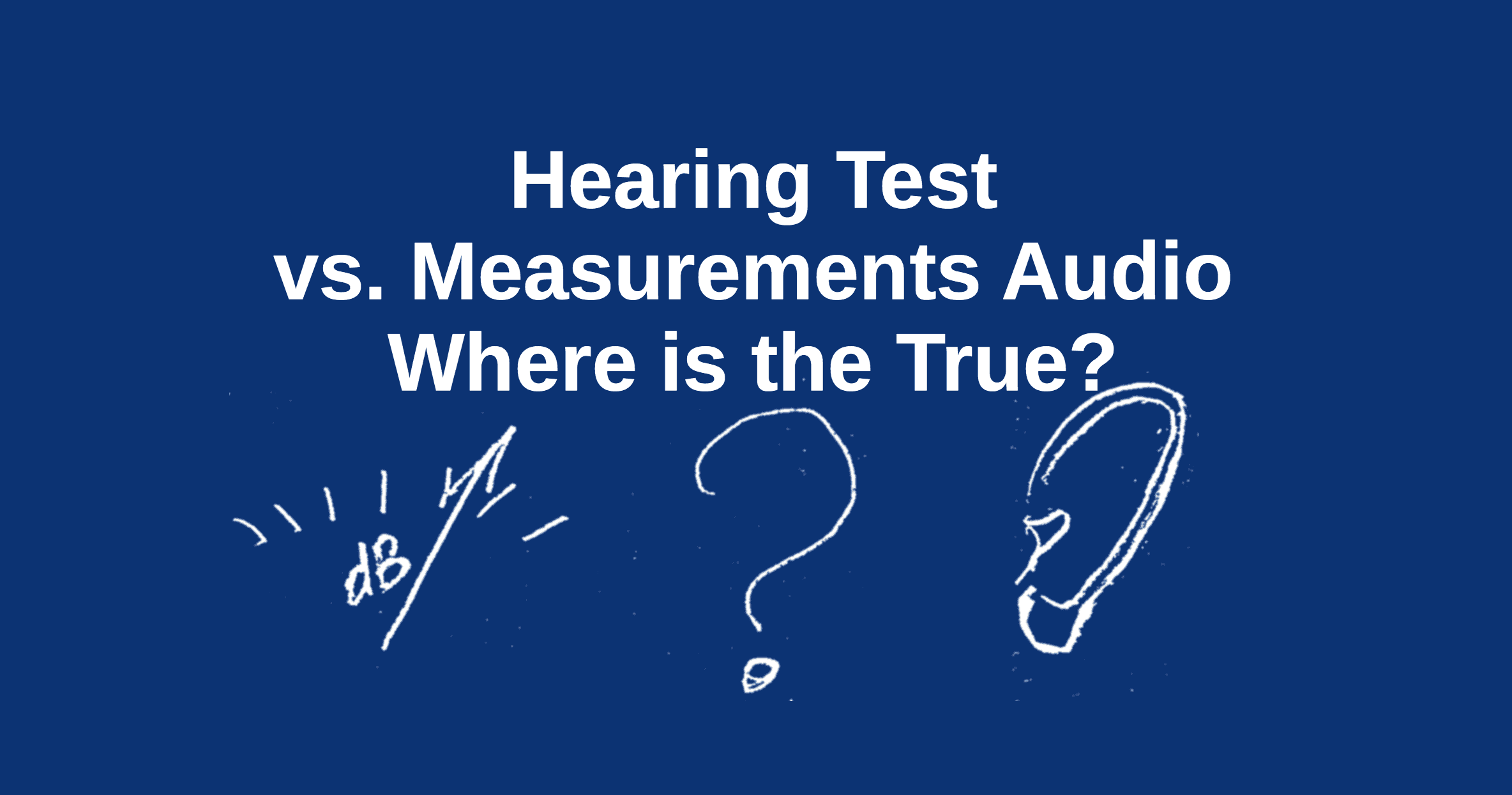
Infinite number of internal component's combinations of these aspects give many wood for fire of discussions.
First matter: "what we accept as audio quality?"
It is nice sound?
Or, as alternative, audio system ability to keep original analog sound unchanged?
I think, all endless "hearing vs. measurements" holy wars at forums begin from this point.
When we hear, we try choose "more nice sound".
Audio parameters estimation refer to numbers and its correlation with qualitative sound.
However possibly astray for both paths.
Back to top
Hearing test troubles
Better result for hearing test is more attractive sound. It can be perceived as pure, spatial, transparent, soft, cosy, scene width, air, send, etc.
It can be achieved two ways: minimal distortions or "right" distortions.
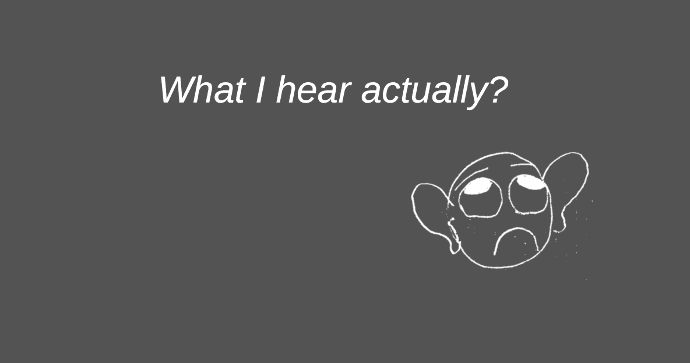
As example, vinyl with strong "mechanical" factor almost can't compete in non-distorted sound transferring with digital systems in equal and even lower price niche.
But vinyl can give "nice" sound due distortions.
Vinyl can sound better than digital audio on hearing, but be worse by measurable sound quality simultaneously.
Back to top
Measuring test's troubles
Main advantage of a measurements is independence of human perception mistakes.
But there are some traps exists too.
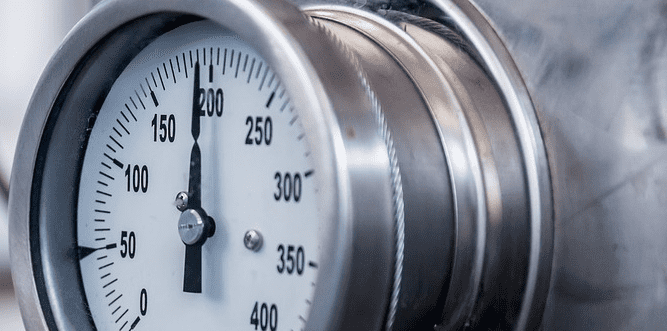
First trap is "what we measure as distortions"?
As example, we see to spectrum of musical signal. At first look more wide spectrum must give more quality.
But in a audio playback system wide band stuff (even perfectly recorded) can give sound degrading due a software/hardware reasons.
Or measurements shows less distortions, but sound worse. There case of "nice" distortions that we consider above.
Second trap is precision of measurement tools.
In audio measurements for hi-end need enough high levels of precision.
As rule it can be achieved via tools with price as minimum comparable good hi-fi.
Also need periodical certified checks for control of current precision.
For approximate estimation home tools can be used. But for claim need more pro methods.
Third trap hidden in necessity of complex estimation of parameters.
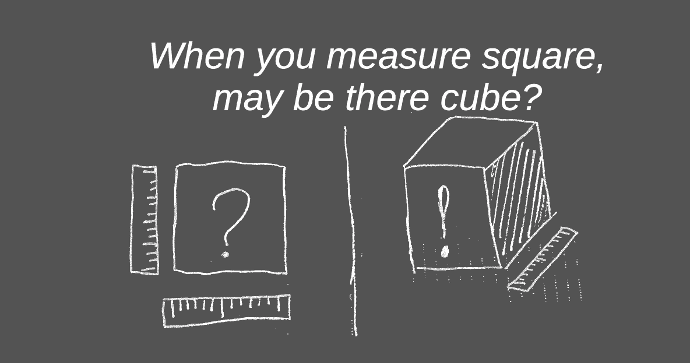
Need check a audio system from different sides. Only complex of several parameters, sometimes viewed in time dynamic, can show real picture.
Back to top
Double blind test as combined method
Human hearing is very unstable tool.
Goal of double blind test is compensation of the hearing instability via big number of measurements and unknown right answer for experimenters.
Here two main words: BIG NUMBER and UNKNOWN.
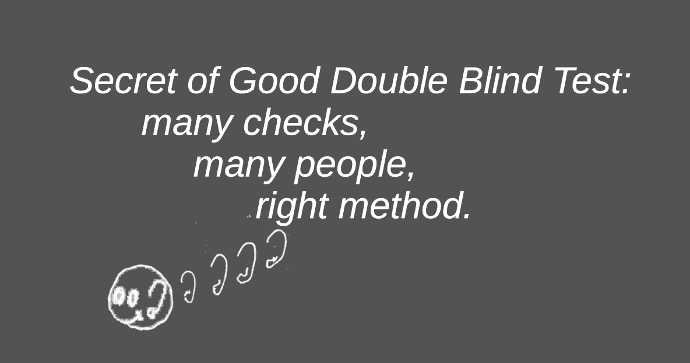
Here unacceptable to re-connect compared cables before listener. And one, two or three participant(s) can't provide enough reliability. Need as minimum more hundreds man checks (like man hours). Permanent control condition of participants should provided.
It is expensive researches with serious organizational technical and methodical base.
Back to top
What sign measurement result and "scientists have proved"
For real understanding of researching's results need carefully read protocol of checks.
Let remember that measurements and "scientists have proved" phrase is valid for certain conditions only.
These conditions should be fixed in the protocol.
Changing the conditions can lead to absolutely other results.
Back to top
Resume
There are two ways for estimation of audio quality: hearing and measurements.
In my opinion, no one both ways lead to absolute true.
Due result depend on:
1. What we consider as audio quality ("nice" or minimally changed sound).
2. Measured features can be considered in complex only.
3. Measured parameters need consider in full audio system's frame.
4. Experiment's methodics and conditions should be considered during treatment of results.
- Why We Can't Compare Different Audio Formats >
- 7 Keystones of Accurate HiFi Blind Test [Article] >
- Could a Music Be Used for Sound Quality Tests? [Article] >
Audio Basis - articles about audio
Back to top